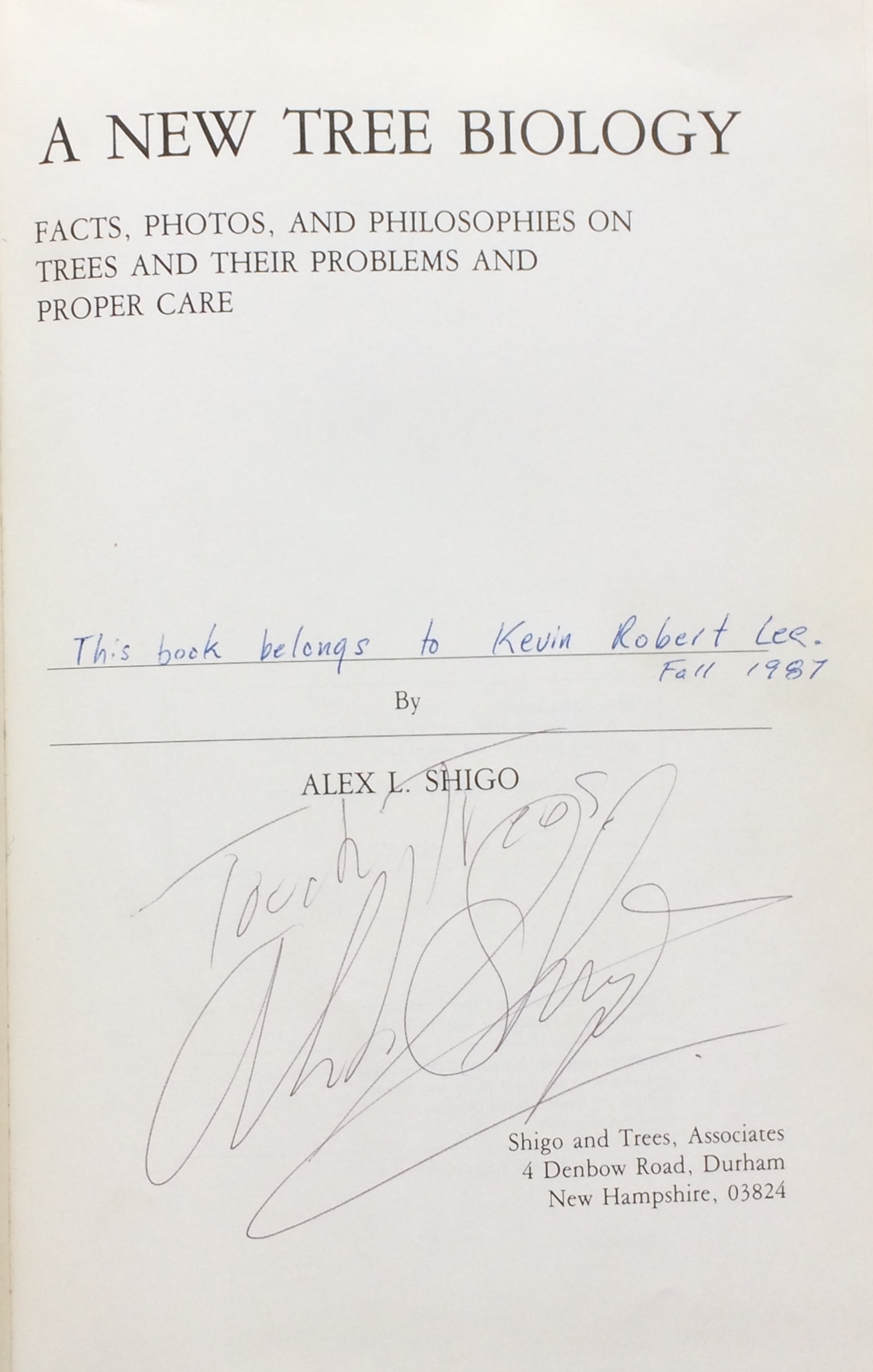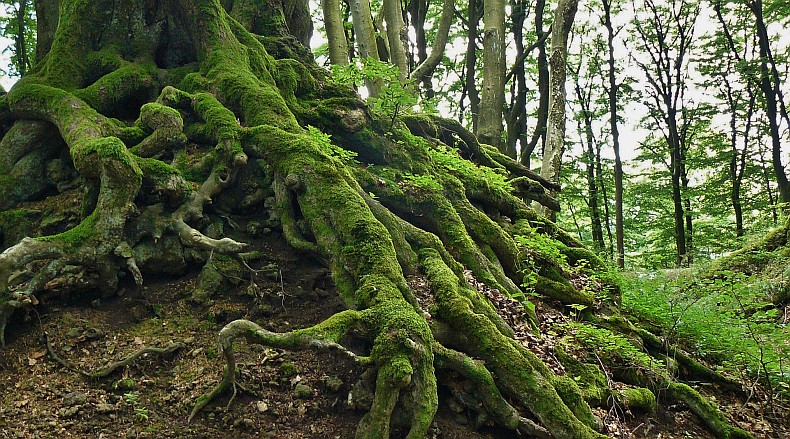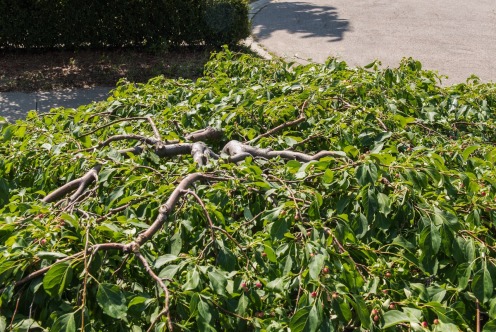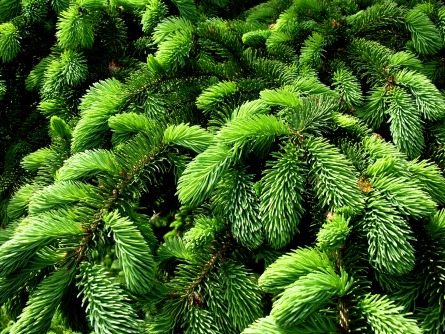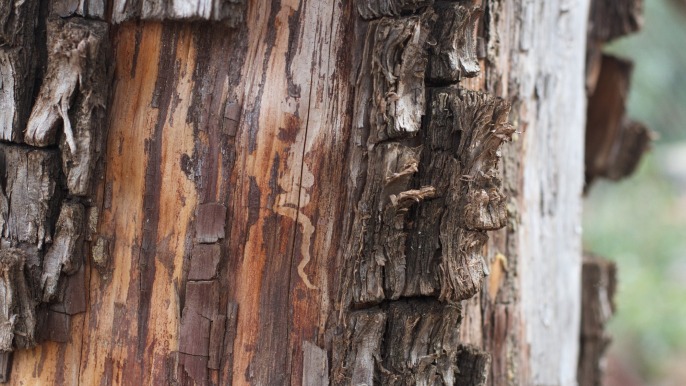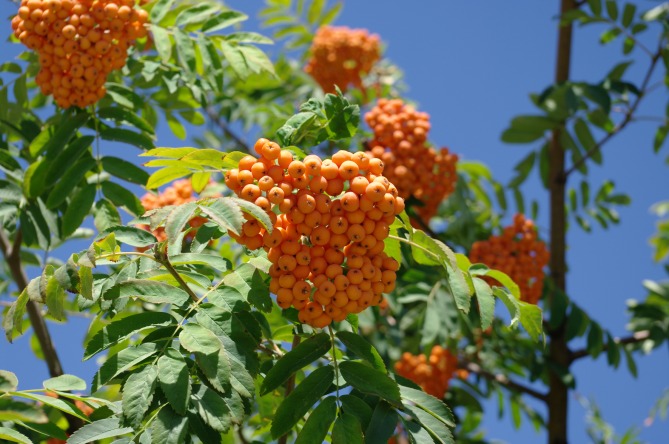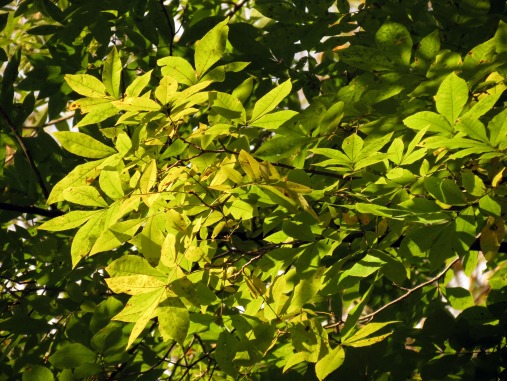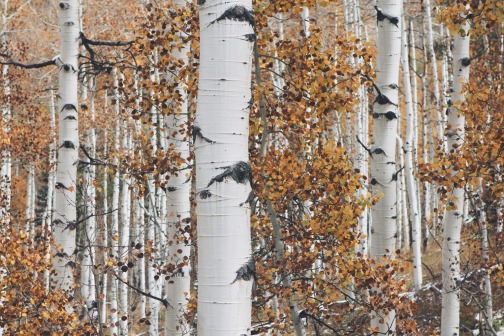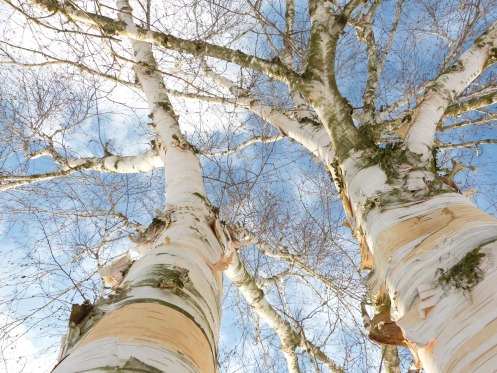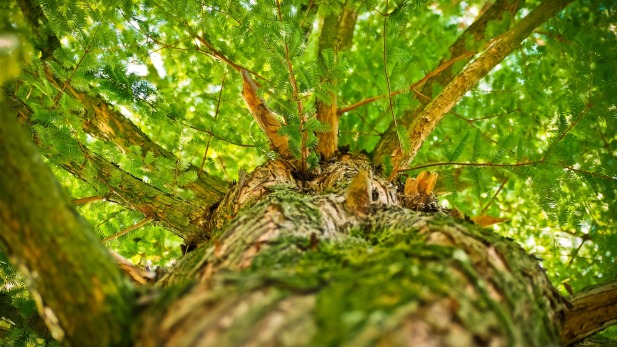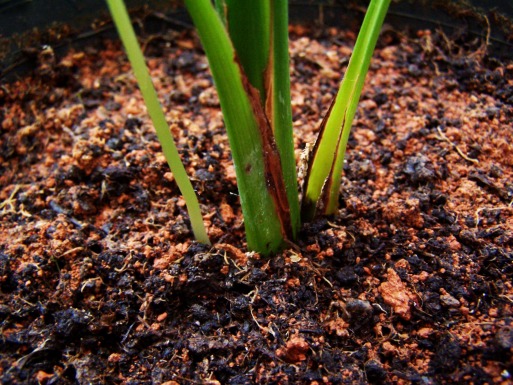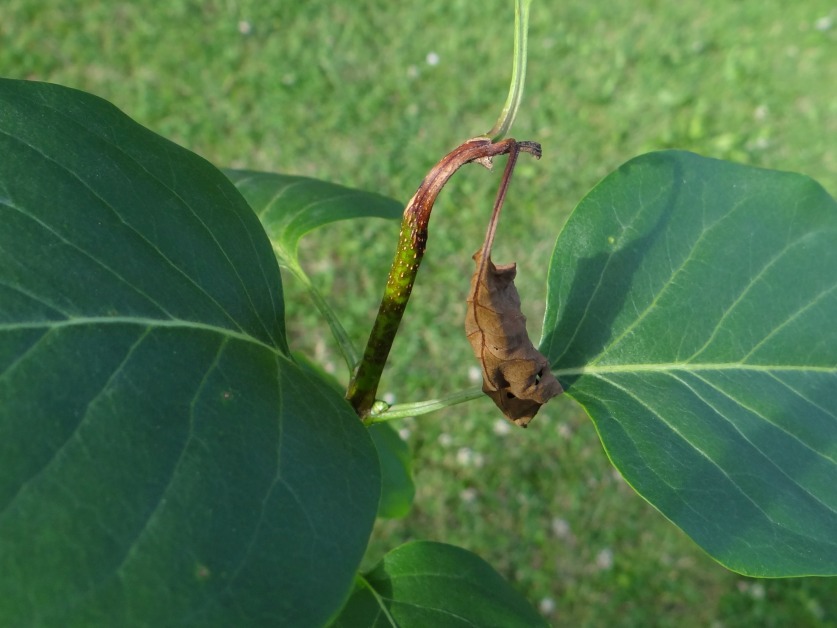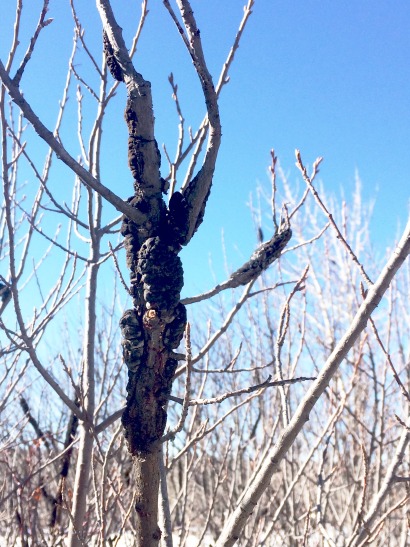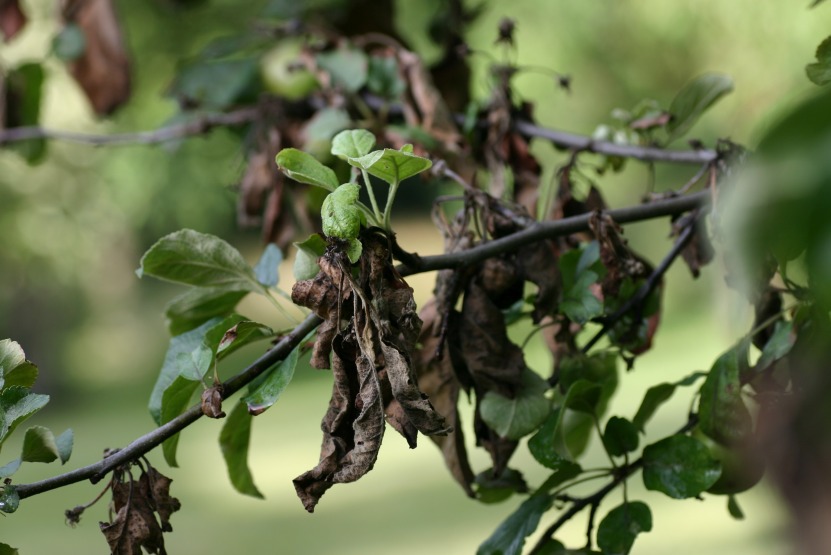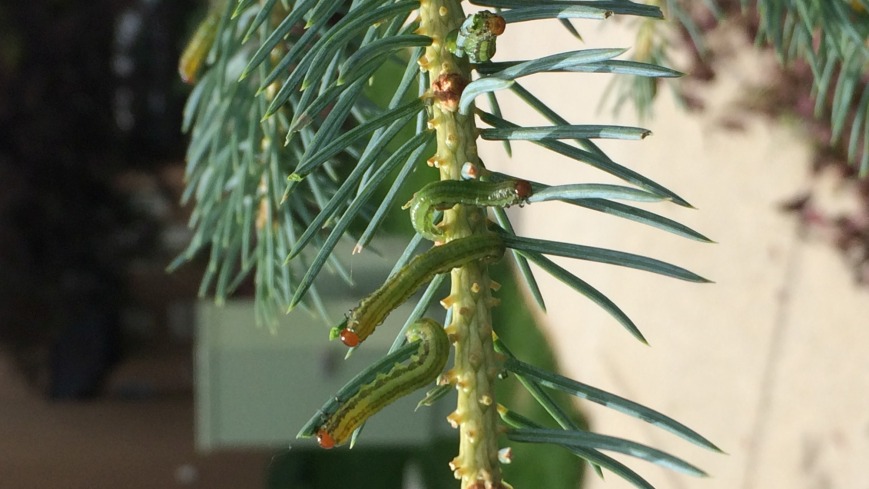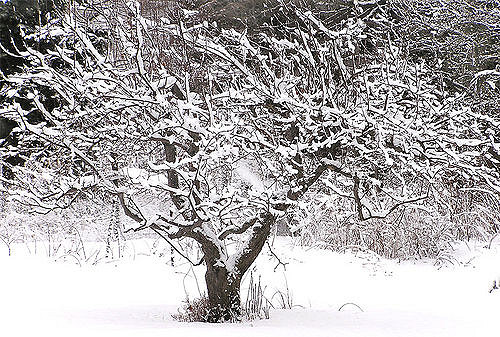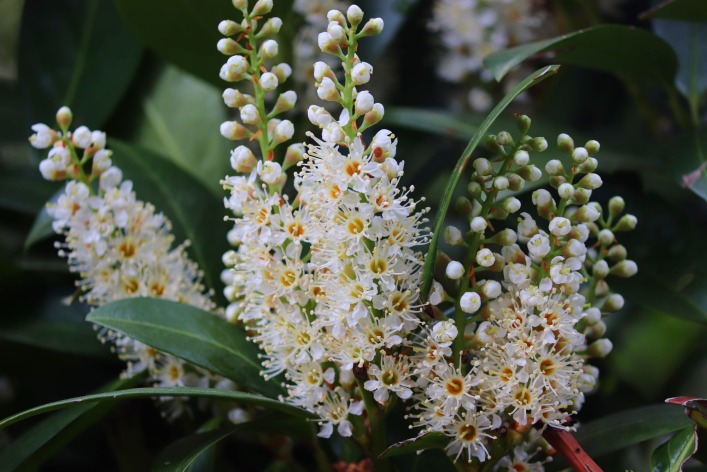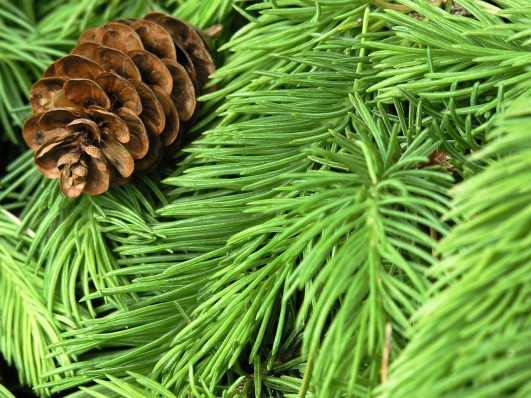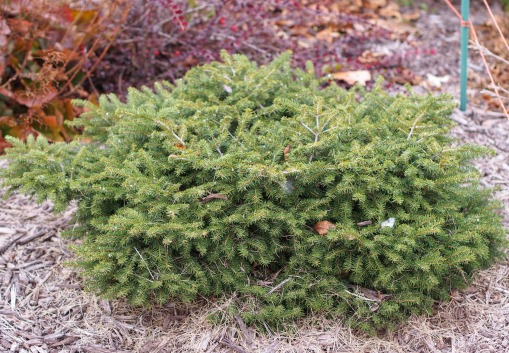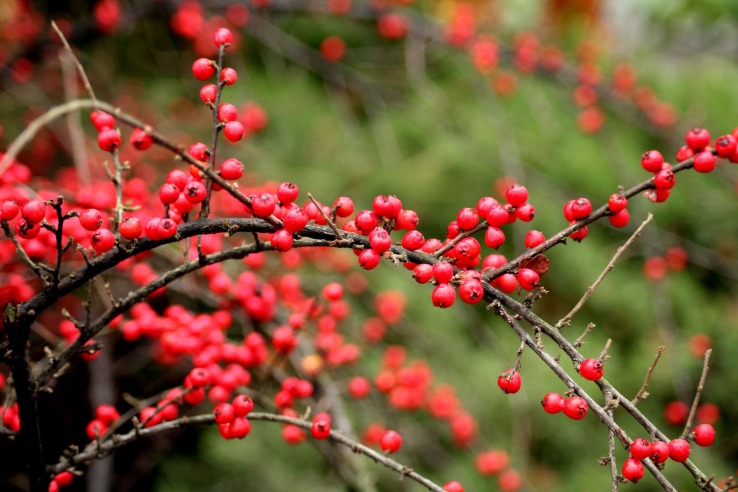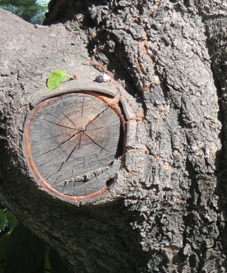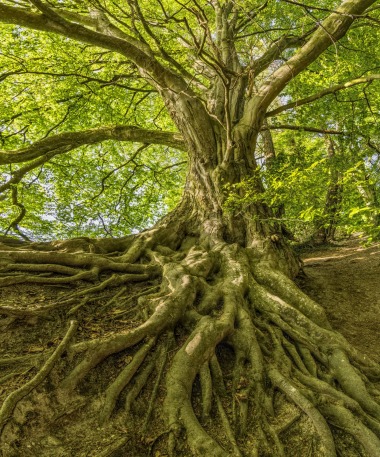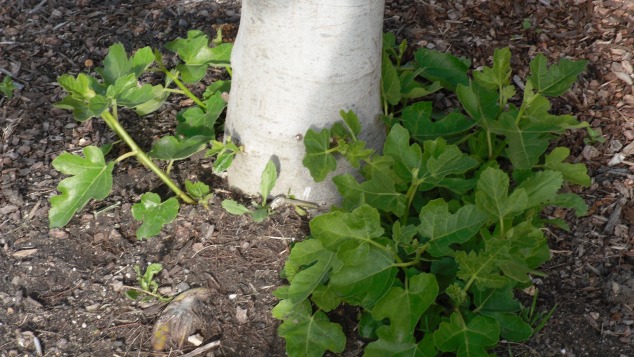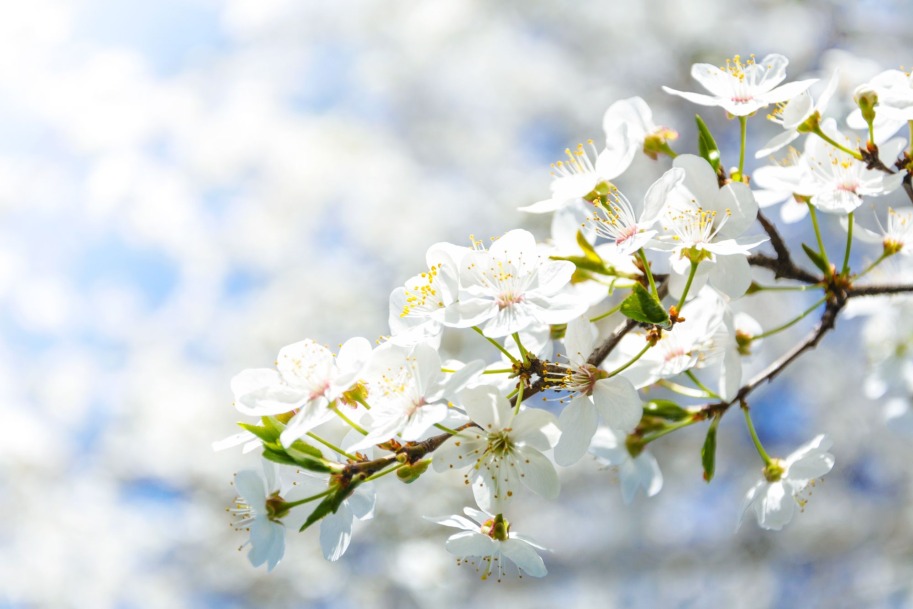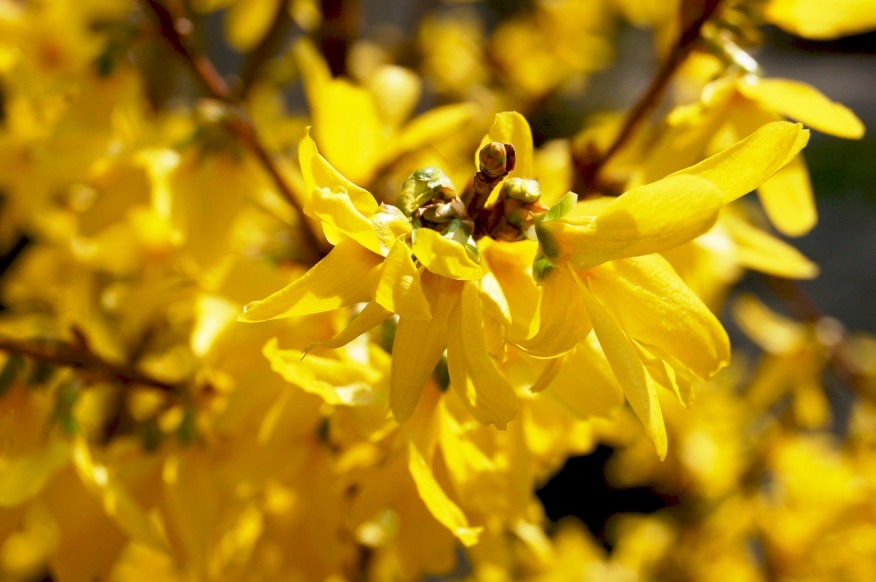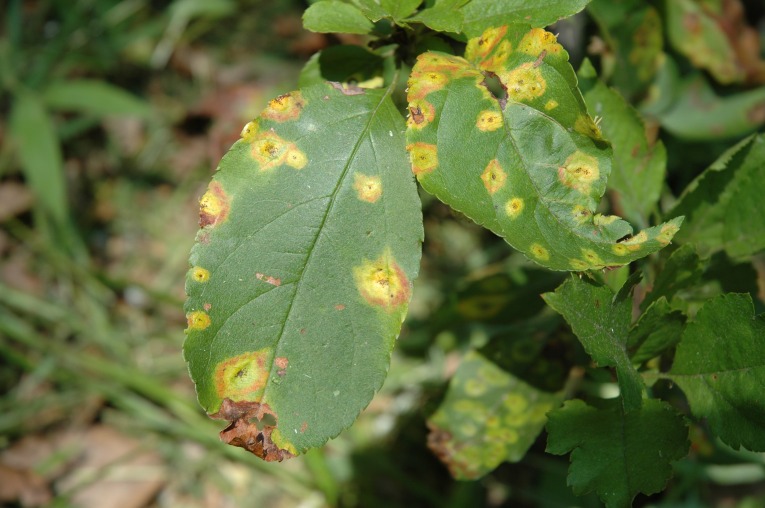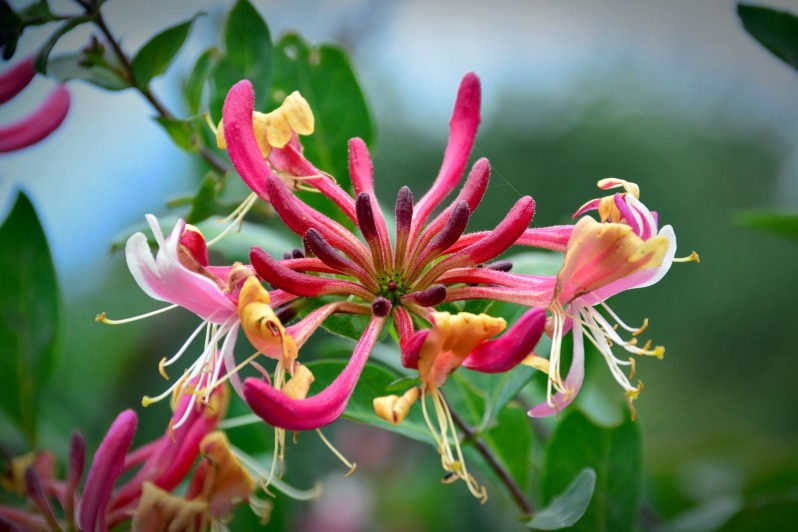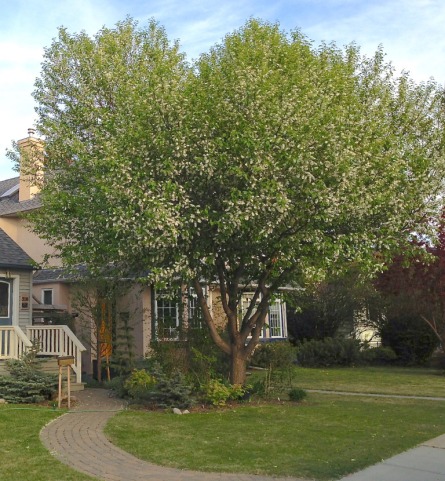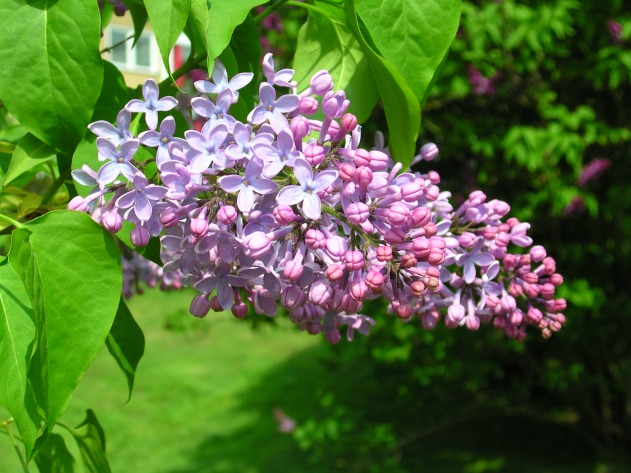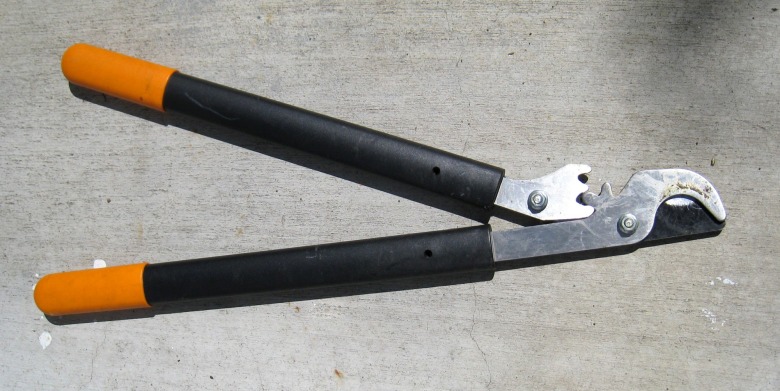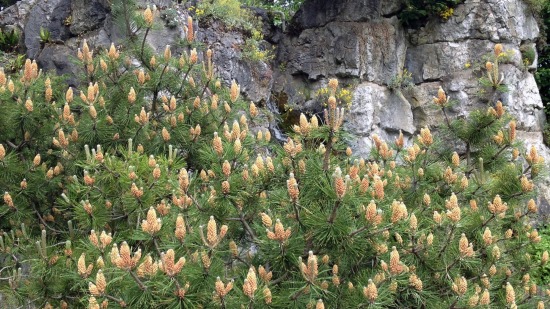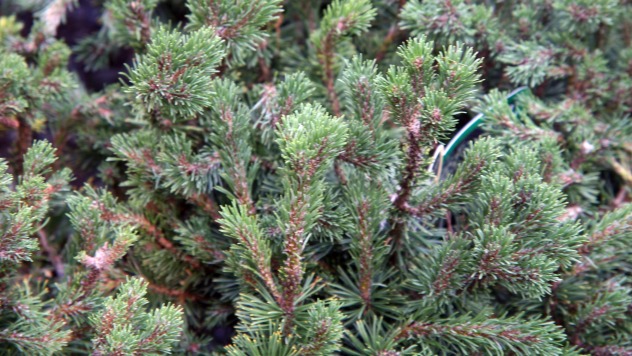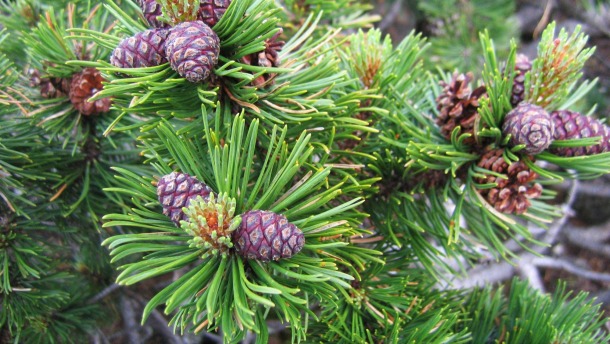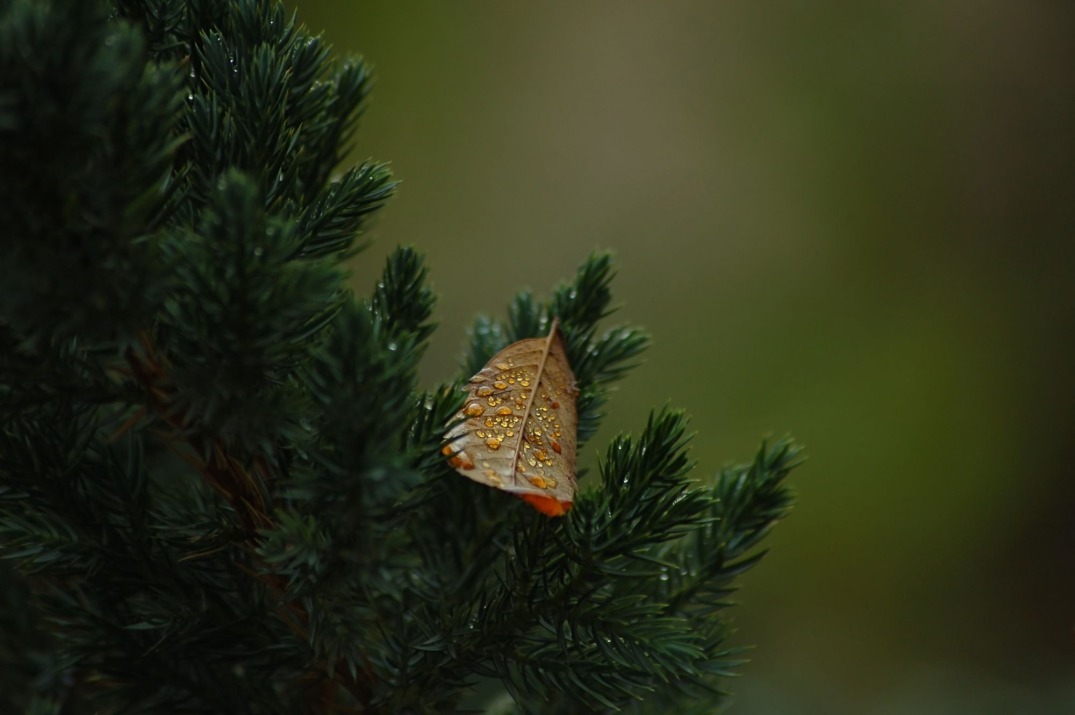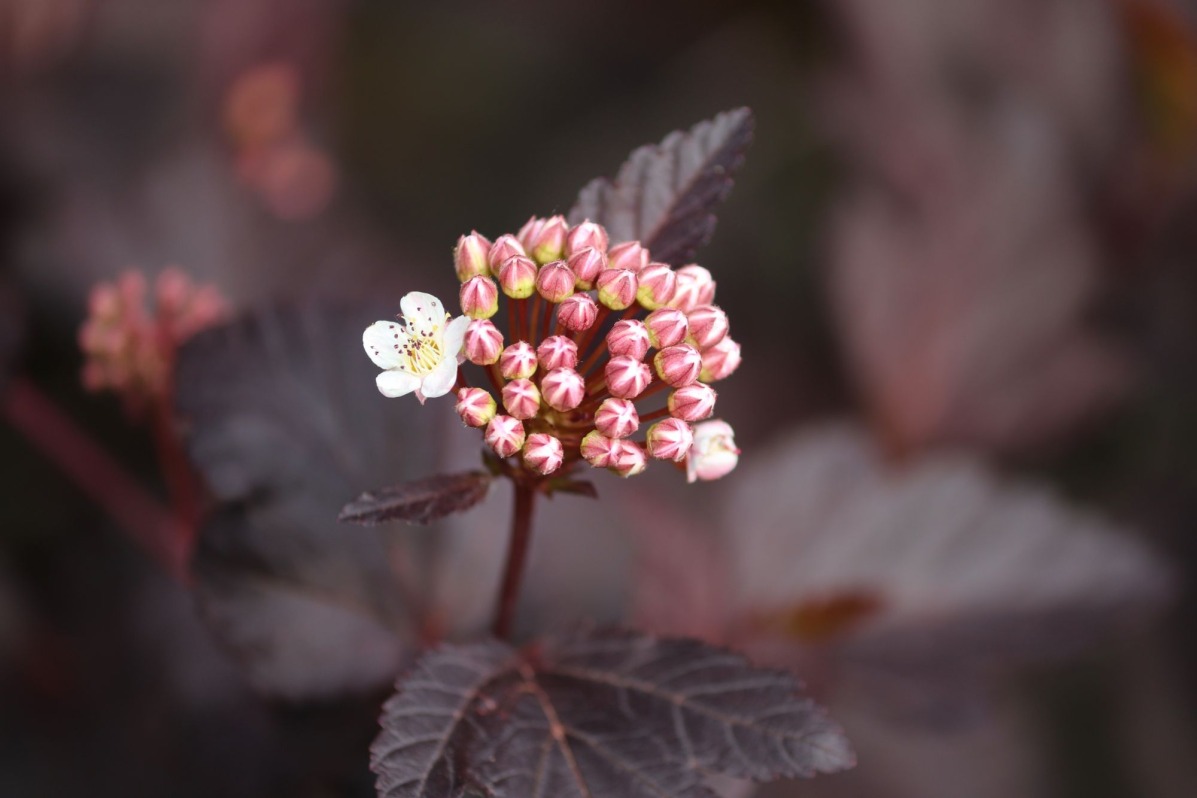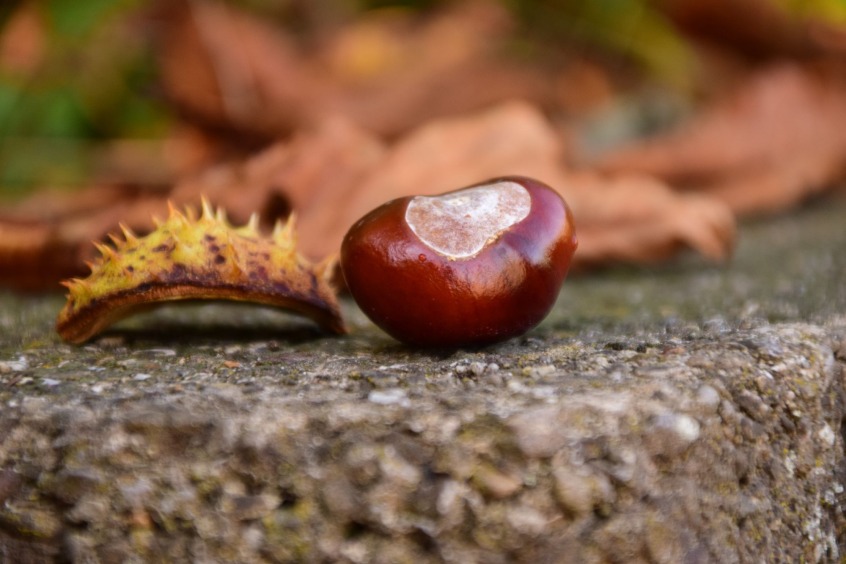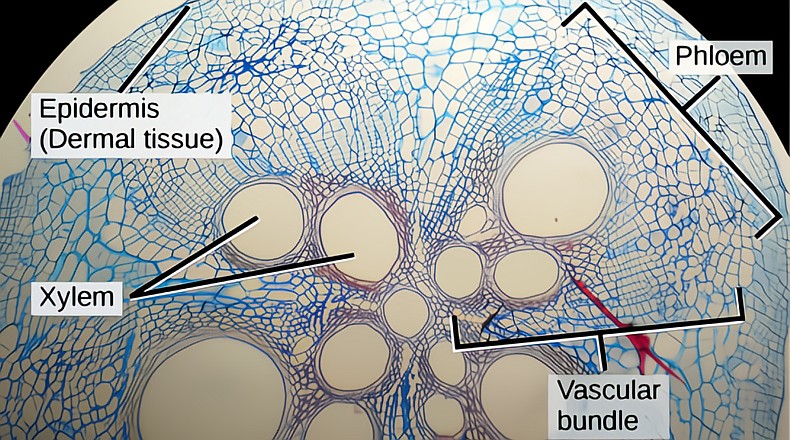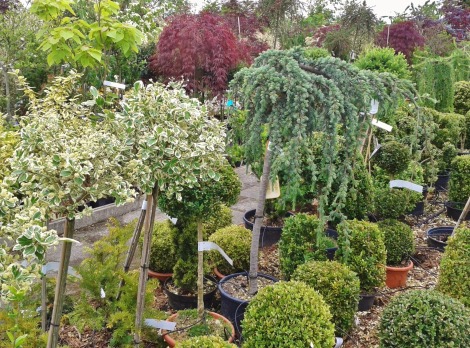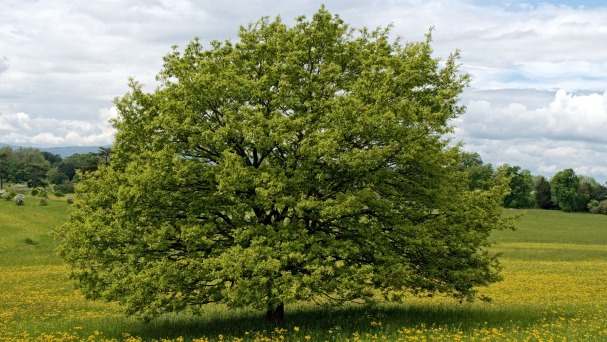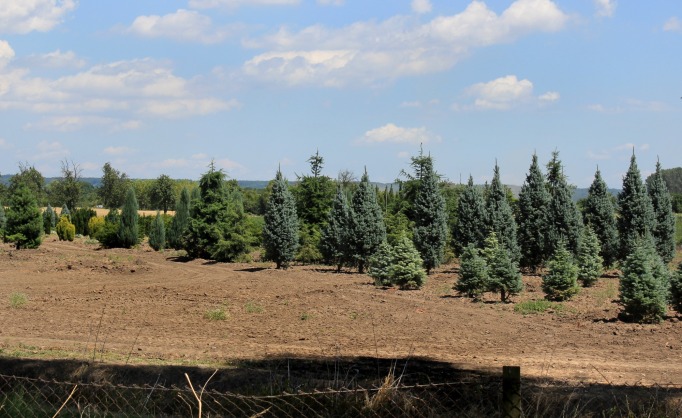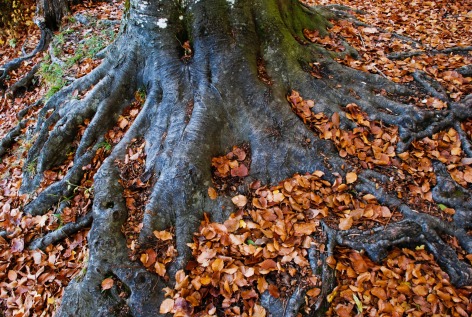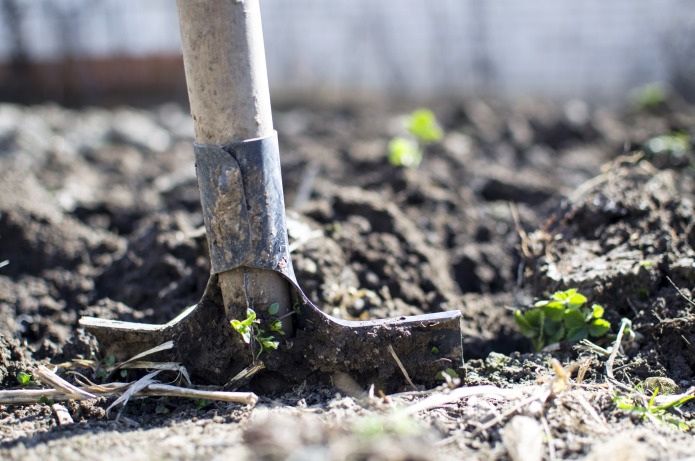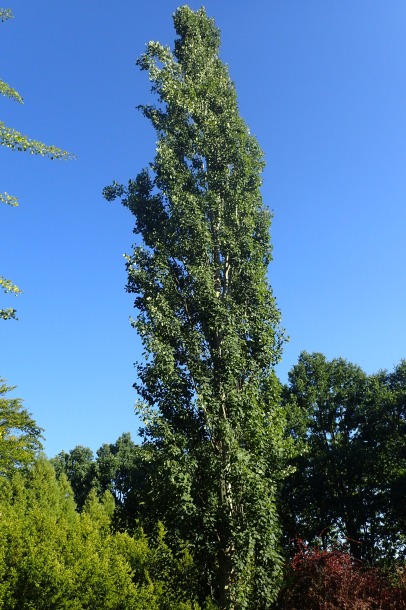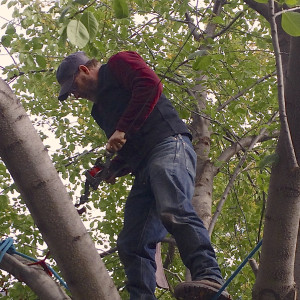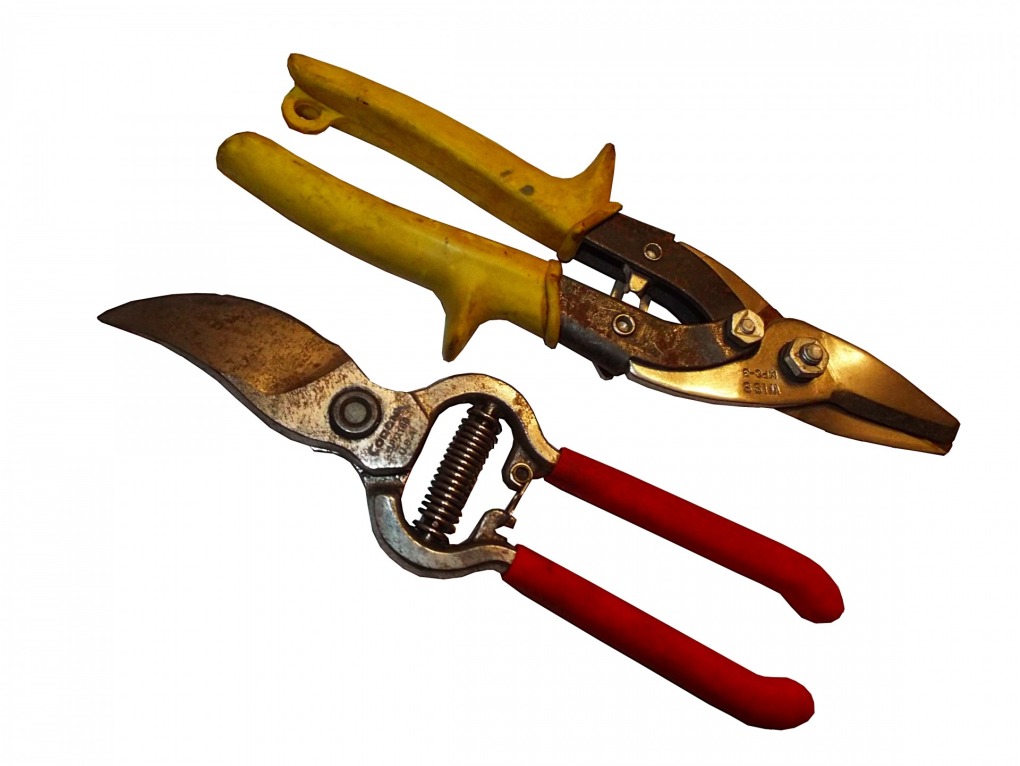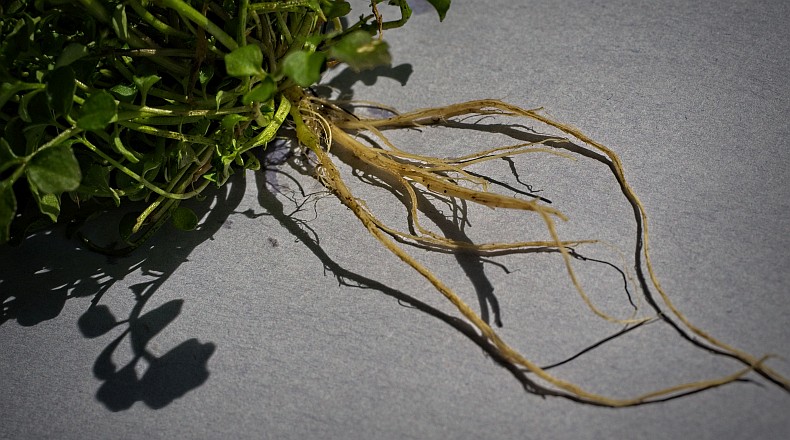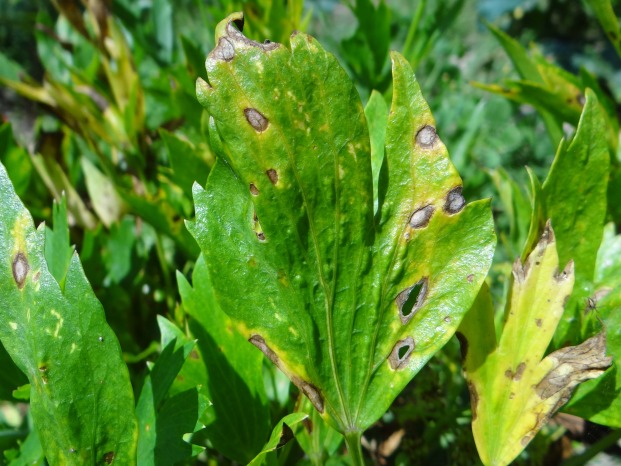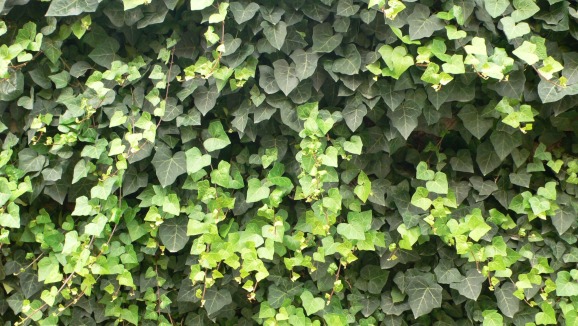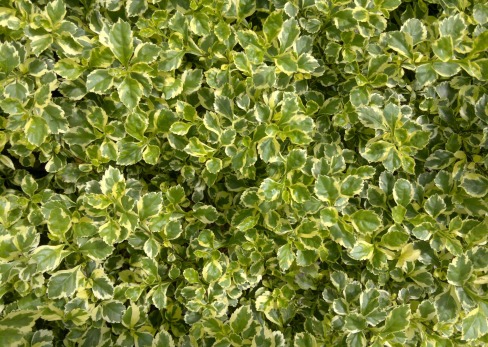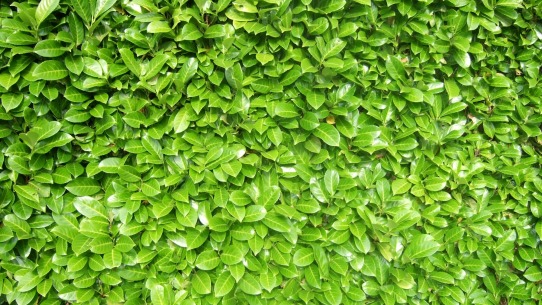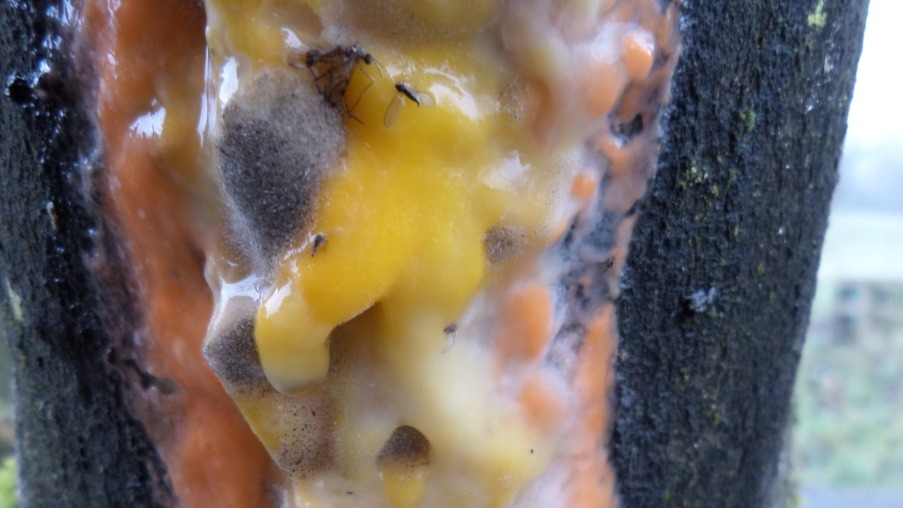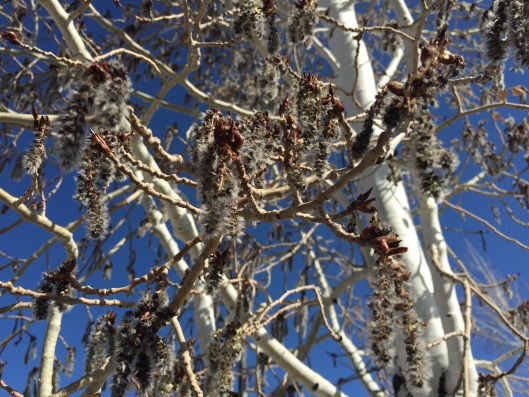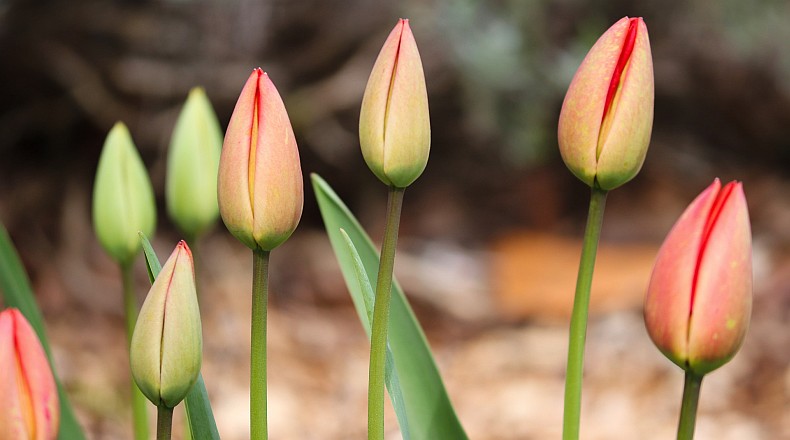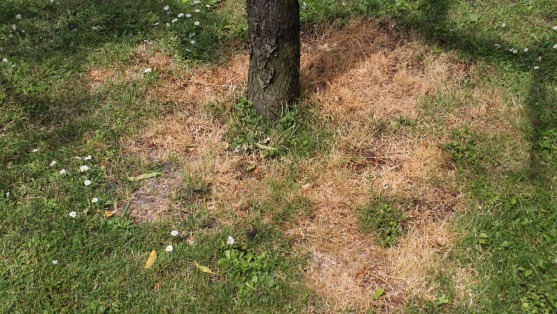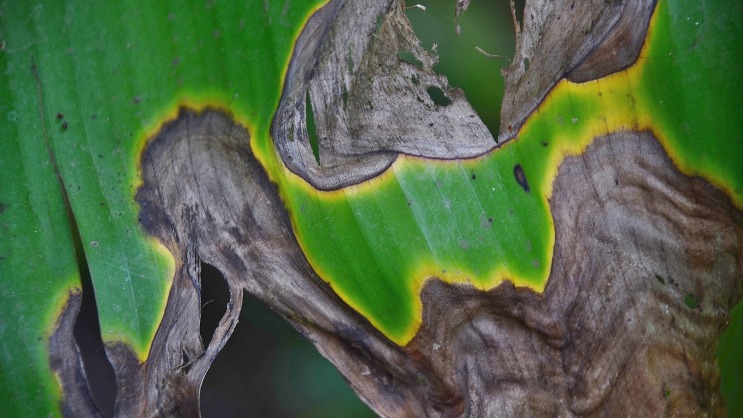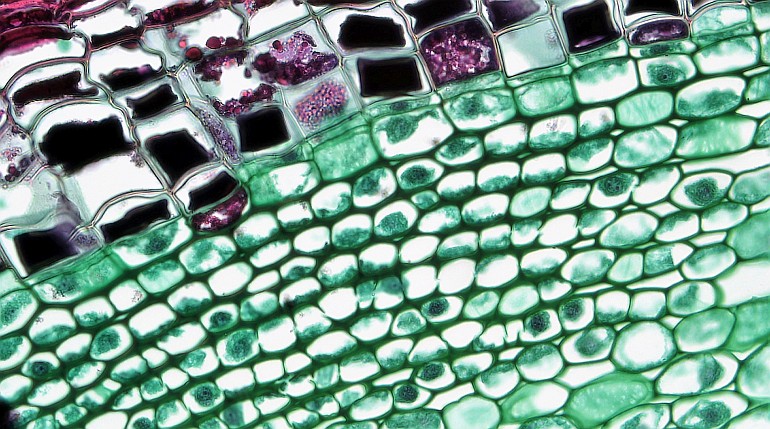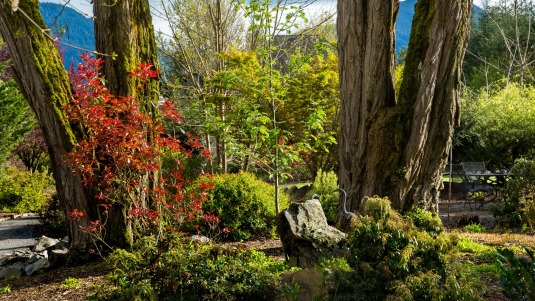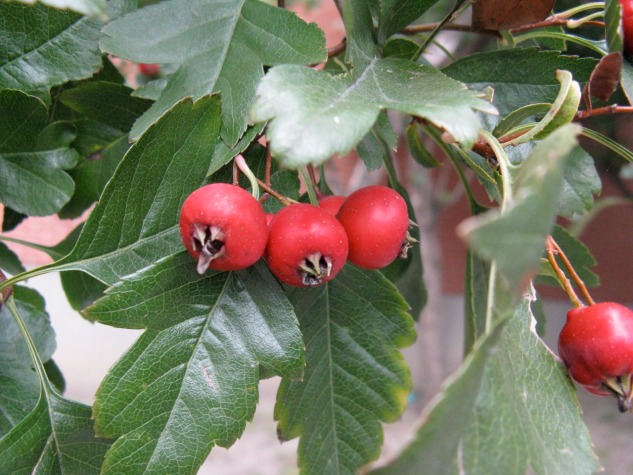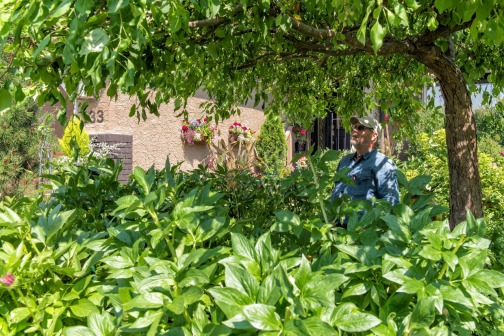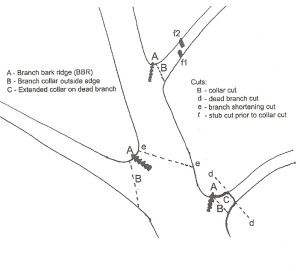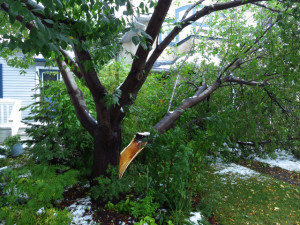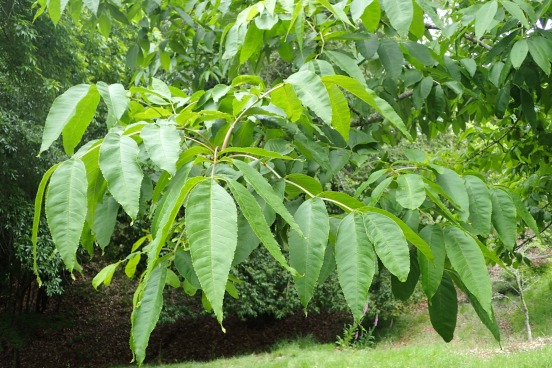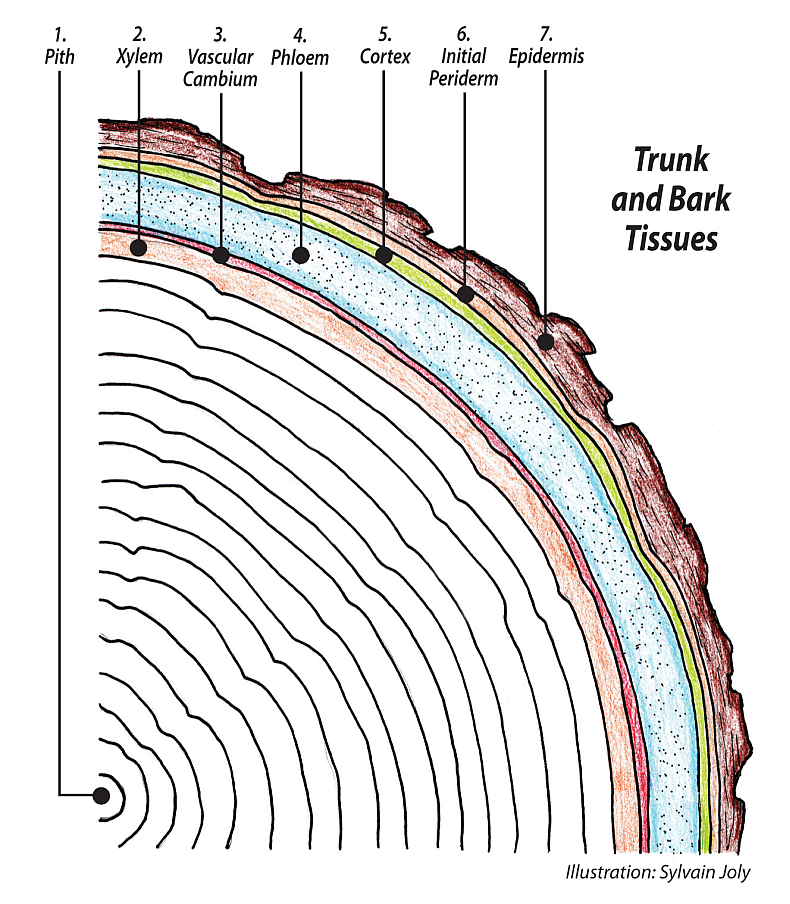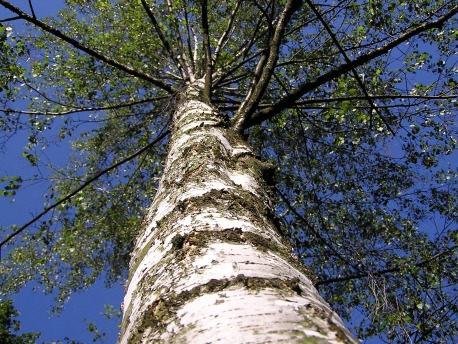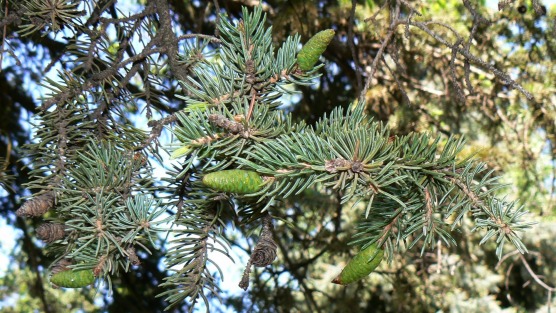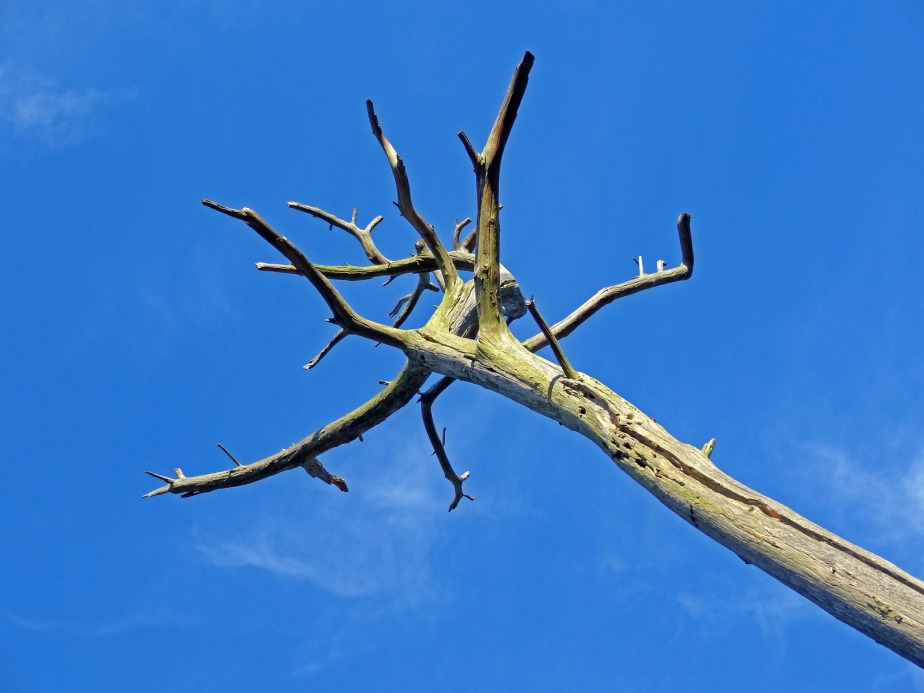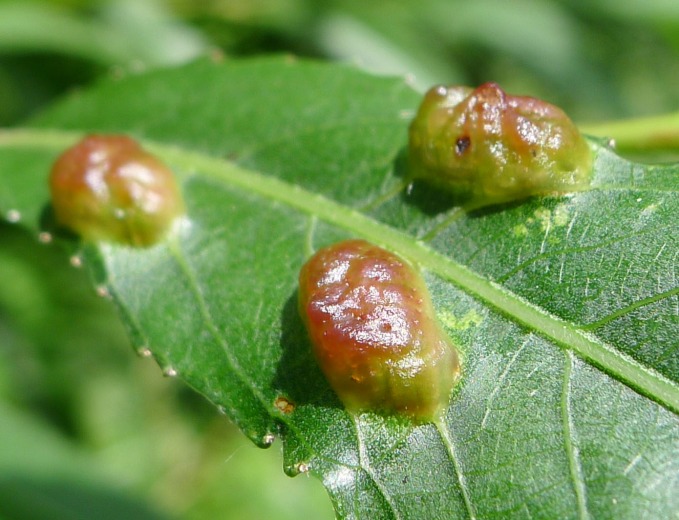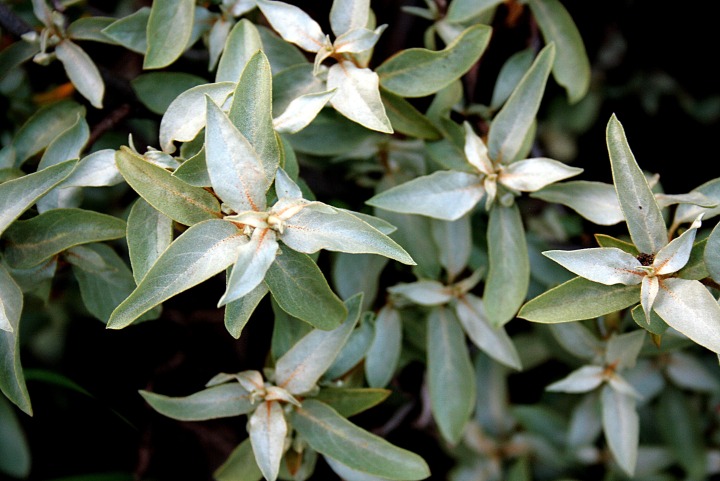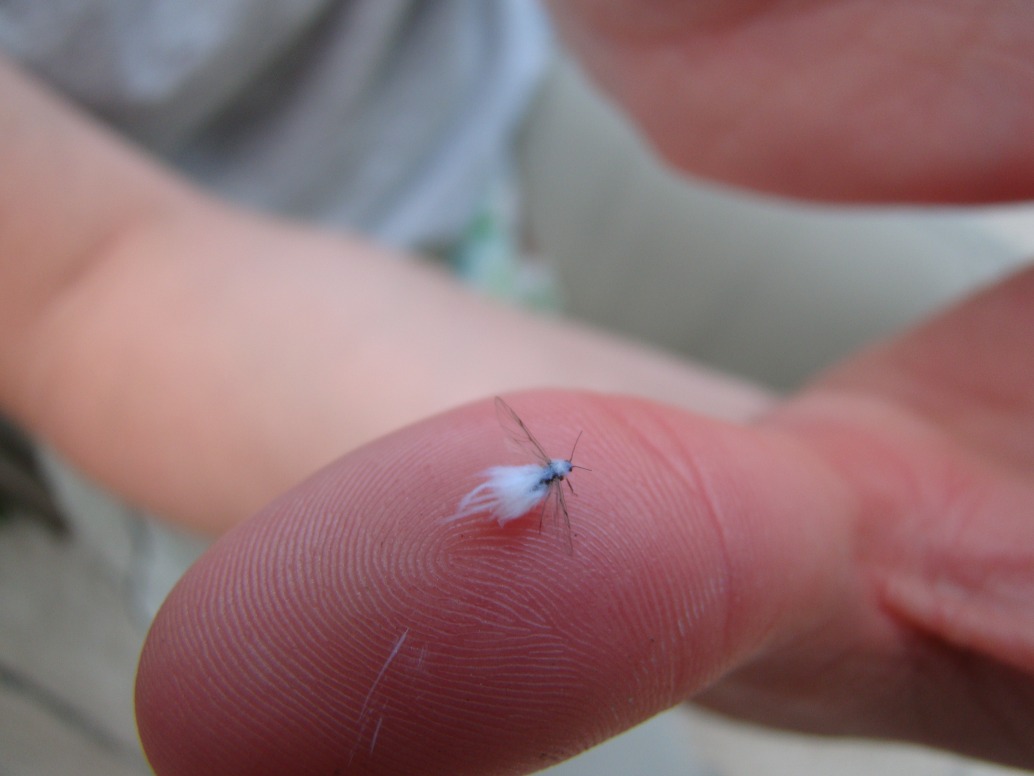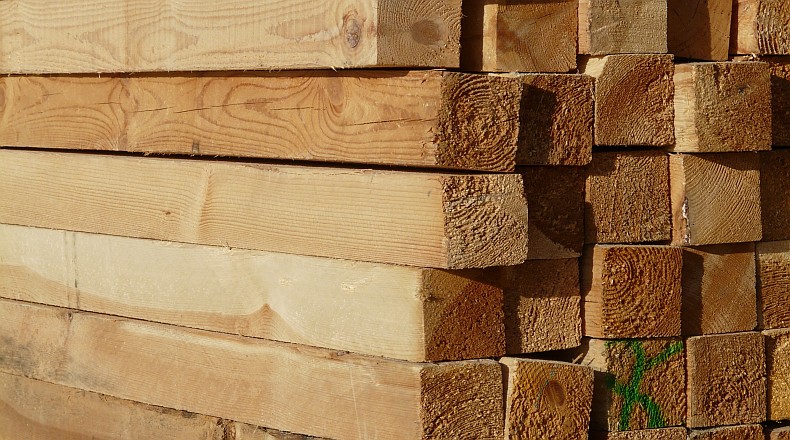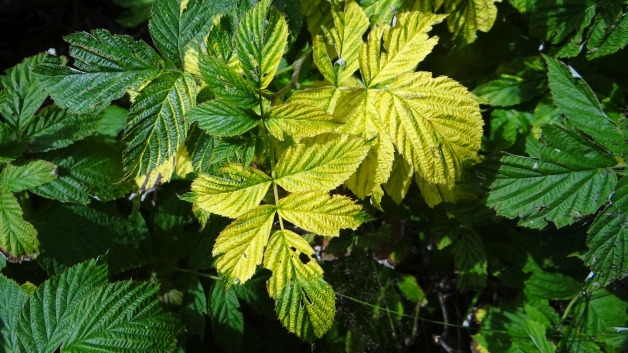Like most arborists, I started young. For me it was the age of 24, full of energy, strong, climb like monkey, fun stuff. But I really knew nothing about the trees I worked on. The crew knew a bit and the boss told us what to do, but the deeper dimension of how the tree really worked was a mystery.
Most of us are very superficial with trees; that is, we only see the surface, the leaves, branches, trunk, and usually not the roots. Definitely not inner tissues or cells. I was blessed—or cursed—with insatiable curiosity and started buying and reading tree books as I continued to grow my work skills in the trees.
Two essential volumes for all educated arborists are Dr Alex Shigo’s A New Tree Biology and an undergrad entry-level botany textbook, like Peter Raven’s Biology of Plants or James Mauseth’s Botany, both now in many editions. Older editions are a good buy; the newer editions always add on to the existing information of the earlier editions. You can buy a fourth edition for $30, whereas the latest, 6th or 8th of either, is $250.
Most tree literature supplied to arborists is very warm milk, baby food. You stretch your muscles at work—why not your mind later? These books will give you the real science you need to make informed choices in the trees you work on. Don’t think that a botany book that doesn’t speak all the time about trees is useless. Nothing could be further from the truth. Trees are plants; the difference is secondary growth. Almost all seed plants live, work and are built the same way, with the same natural processes. To really understand trees, an intro botany book is your best friend.
Want to keep going deeper? From here we get into more specialized and focused texts generally geared toward undergrads who have completed their first run of introductory classes. I don’t see any rules anywhere about arborists not having access to more detailed books. Read on, friends; it’s a long winter.
For the working arborist, the best book available is, hands-down, Applied Tree Biology by Andrew Hirons and Peter THomas, published by Wiley in 2018. Drs. Hirons and Thomas eloquently use a ton of botany in very understandable language to take you deeper and deeper into the body and life of trees. In fact, after reading this multiple times, I think it is the one book all arborists beyond beginner stage really need to read. They are very down to earth and fully explain why some crossing branches should remain and other ”accepted practices“ that are old-school are ultimately harmful to trees.
From there, it’s into books that you can take valuable deeper knowledge from, without spending time in the science and information people need as they move into advanced studies like gene splitting, etc. Plant Anatomy: A Concept-Based Approach to the Structure of Seed Plants, by Crang, Lyons-Sobaski and Wise, published by Springer, 2018, contains all the science of plant structure any arborist will ever need. A beautiful book, copiously illustrated, really a jewel.
The other main inquiry is physiology. Anatomy studies the parts, physiology studies how they work. Plant Physiology and Development, 6th edition, by Taiz, Zeiger, Moller and Murphy, published by Oxford, is the standard text, again available in many cheap earlier editions. This covers many aspects of growth from the root tips to the shoot tips. The mid-vein transport tissues, and how the bark ends up looking like it does in so many different trees.
Read some botany. Take it outside to the tree, touch the tree, see what you’ve read, go round and round. Back to the books, back to the trees, back to the books. I can bet my life you will feel better about your work, you will be a more informed arborist, tree worker, nursery worker, homeowner, or student. And you will work better, kinder and be able to truly answer people’s questions.
I don’t claim to be a know-it-all, or that I really know that much botany, but what I have picked up has made me a much, much better arborist. I still don’t know much; better keep reading.




